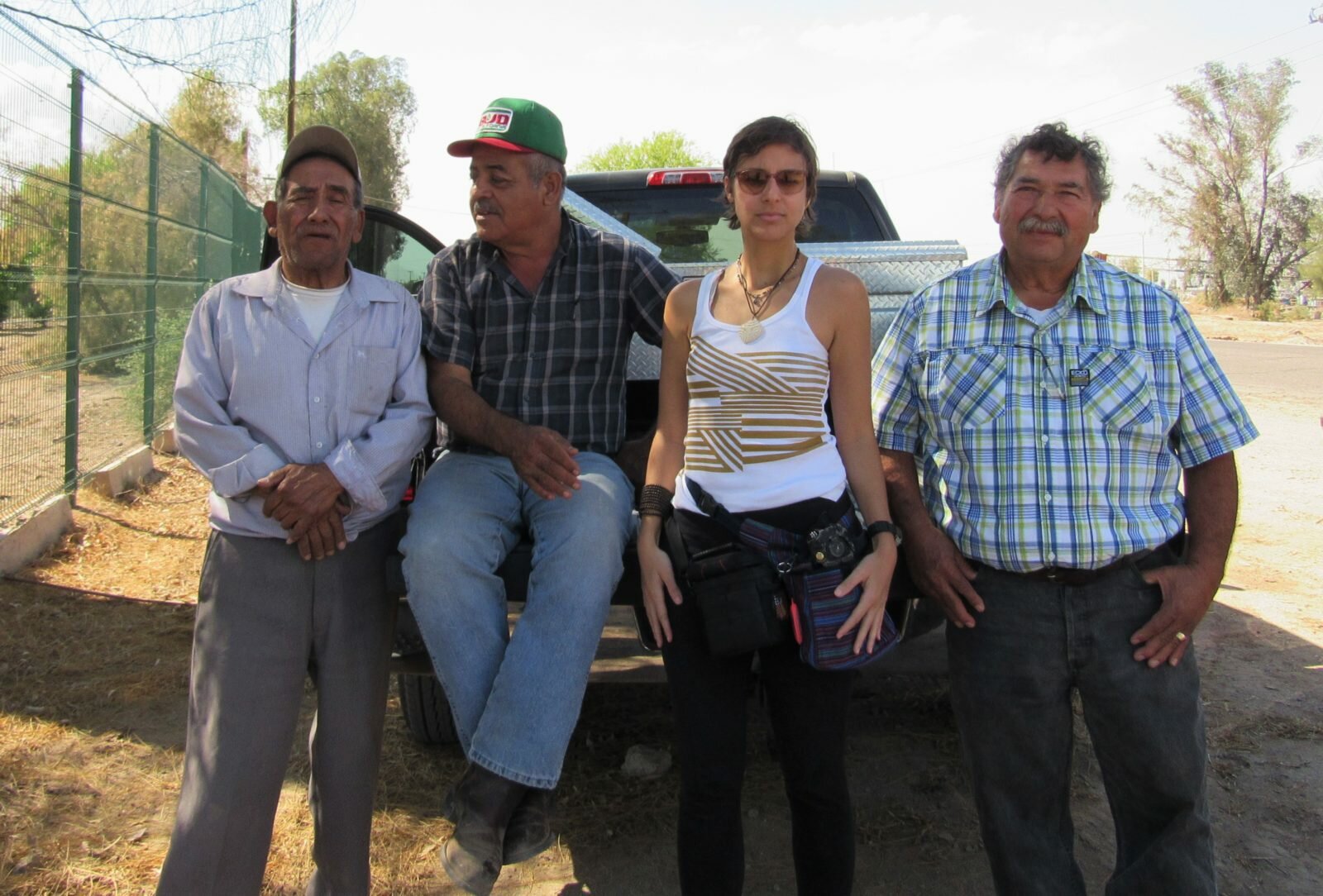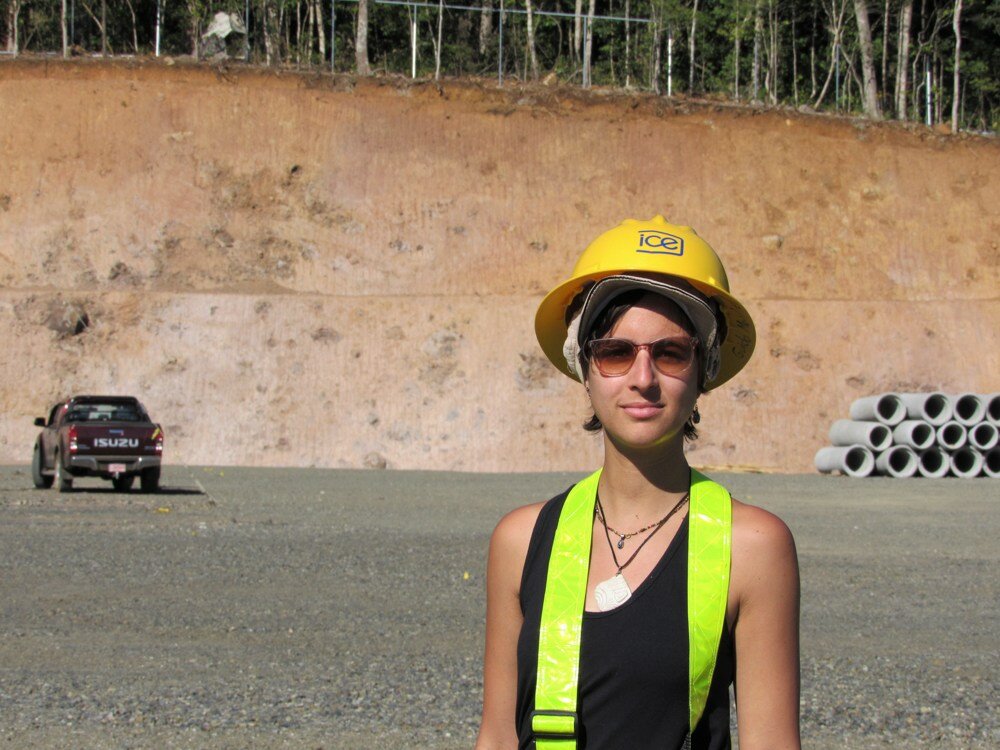Travelling the backroads to Latin America's volcanic energy source
A journey through the inland, arid and inhospitable areas in search of the largest geothermal power plants in Latin America discloses the myths surrounding this industry.

A journey through the inland, arid and inhospitable areas in search of the largest geothermal power plants in Latin America discloses the myths surrounding this industry. Benefits and handicaps permeate the discussion of such energy, which is considered base load despite the high upfront costs of drilling and the risks associated with exploration.
My 21 days on the road -- from the desert in the Northern Mexican state of Baja California, near the dangerous US border, to the Costa Rican volcanic complex close to Nicaragua -- were fueled by my curiosity for reporting about geothermal energy. I wanted to know how it could be tapped to generate social, economic and sustainable development.
It all started when I was challenged by some colleagues and journalists to develop a reporting proposal that contemplated energy, environment and human rights. Good stories abound in Latin America. I just had to find the right angle in the region. Therefore, I challenged myself to draw links between the human right to access to energy; climate change; and clean and renewable energy.
I have recently been in Costa Rica and witnessed the effort this tiny Central American country is making to be recognized as a green and sustainable nation. What caught my attention was the fact that volcanoes are part of the Costa Rican landscape – and part of the imaginary, cultural and environmental landscape as well.
I was curious to understand the connection between society and volcanoes. It came into my mind that it could be a good time to explore this aspect as Costa Rica has set a target to become carbon neutral by 2021. It is an ambitious transformation that, by necessity, includes the power generation system.
It was not difficult to solve this equation: energy + volcanoes = geothermal. The next step was to do research, tie together my ideas, learn the pro and con arguments, understand risks and threats to the environment and, last but not least, get a human face.
Costa Rica has two geothermal power plants in the northern province of Guanacaste. One is Miravalles (named after a volcano) and Las Pailas (located near the National Park Rincón de la Vieja). This country is in second place in geothermal generation in the region. The first-place geothermal developer in Latin America is Mexico, which launched the oldest and one of the largest fields in the early 1970s.
I also wanted to understand the accumulated experience that Mexicans have gathered throughout the decades spent on this matter, and what they have gleaned from their mistakes and improvements. Could this knowledge be adapted in other Latin American countries with geothermal potential?
My goal was to visit the first geothermal facility ever to operate in Latin America. That one was located 30 kilometres south of the city of Mexicali in Baja California. That is where you find Cerro Prieto, with its 200-plus wells on the San Andreas fault. The geothermal energy produced in Cerro Prieto supplies Baja California and, during the winter, is exported to the United States.
I wanted to explore the roots of where geothermal started in the region. However, what intrigued me was not only witnessing the process of how electricity is produced out of the earth’s natural heat potential, but also the handicaps and impacts this project has had on local communities.
Cerro Prieto is surrounded by the so-called ejidos, rural villages with unpaved dirt and gravel streets. The largest geothermal plant in the region accumulates in a large open pool pumped out of the wells with no treatment and a high concentration of toxic materials.
I breathed the sickening smell of rotten egg caused by hydrogen sulfide and suffered from a migraine. I could feel the wind blowing toxic silica dust onto my skin. During those days, I witnessed the local residents’ struggle to survive in these precarious conditions. This situation has been ongoing for more than 40 years.

In my time in Cerro Prieto, I witnessed and experienced poverty up close. I also saw what it was like to live beside a very difficult neighbour. CFE, the state company that runs the power plant, became a sort of local enemy, and the geothermal a necessary evil – it is the only way of getting any labour or job possibilities in that place, as the soil is useless for growing crops.
I saw hope from those people living in the rural communities of Nuevo León and Hidalgo in the surroundings of Cerro Prieto. I also witnessed the pain those families felt seeing their land rendered contaminated and worthless.
The promise of development and progress ended in negligence, oblivion, degraded land, lack of job opportunities, health problems and difficulties with subsistence. What prevails for the silenced residents of Cerro Prieto is the feeling of having sacrificed their lives for the sake of power generation and development of the state, but without any trace of local development.
This profound and adventurous reporting expedition proved that the geothermal industry is making slow but steady progress. If it is properly and responsibly managed, it could help small and medium-sized economies to become independent with their own source of clean energy, as well as create jobs, stimulate local economies and develop surrounding communities.
“You are coming at a bad moment -- the country is going through an energy reform and the press is not being allowed in the power plants anymore,” said the CFE press officer some weeks before I landed in Mexico for my journey.
The “no” that I received from the CFE did not stop me from travelling into the desert to learn more about what the impacted people had to say.
